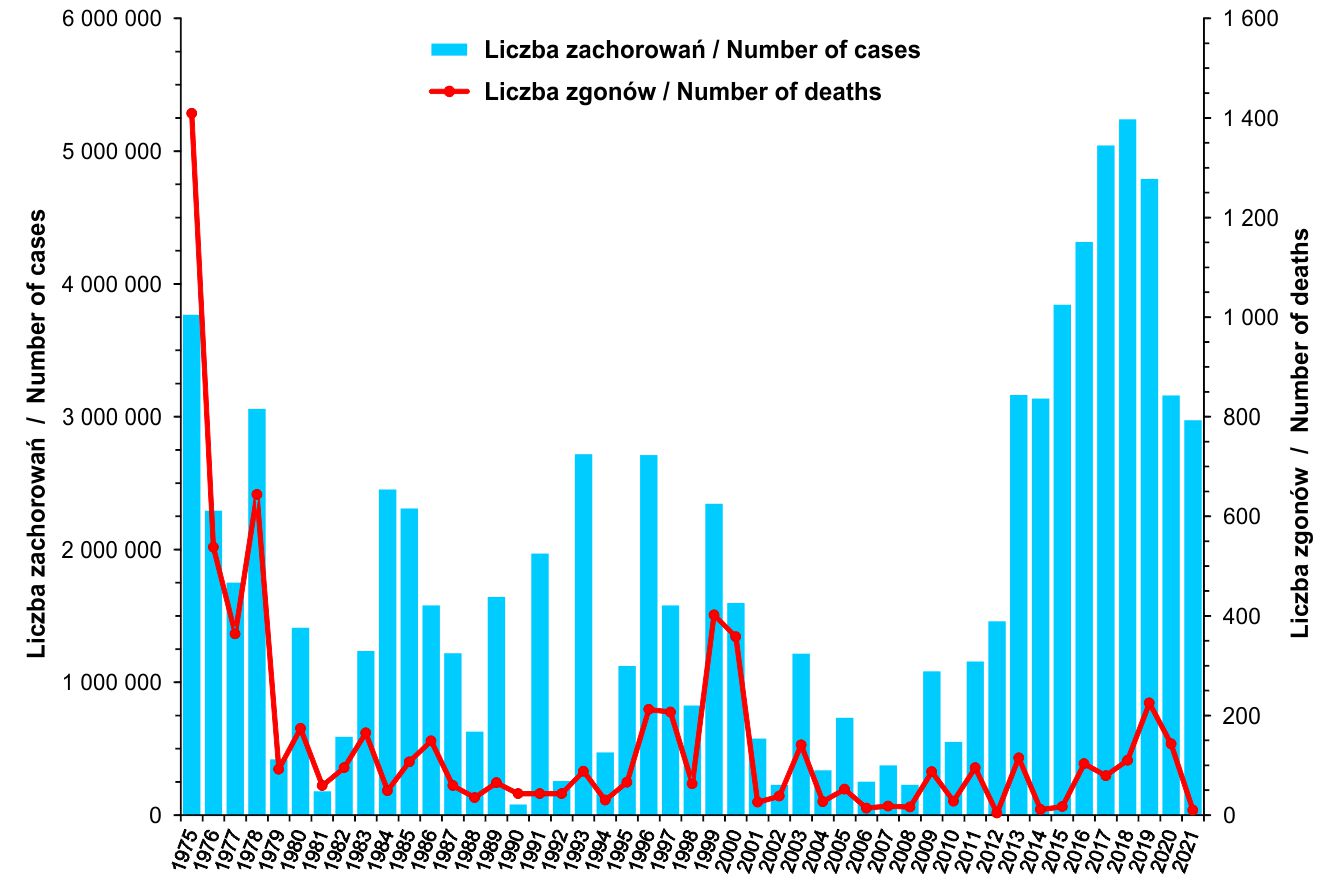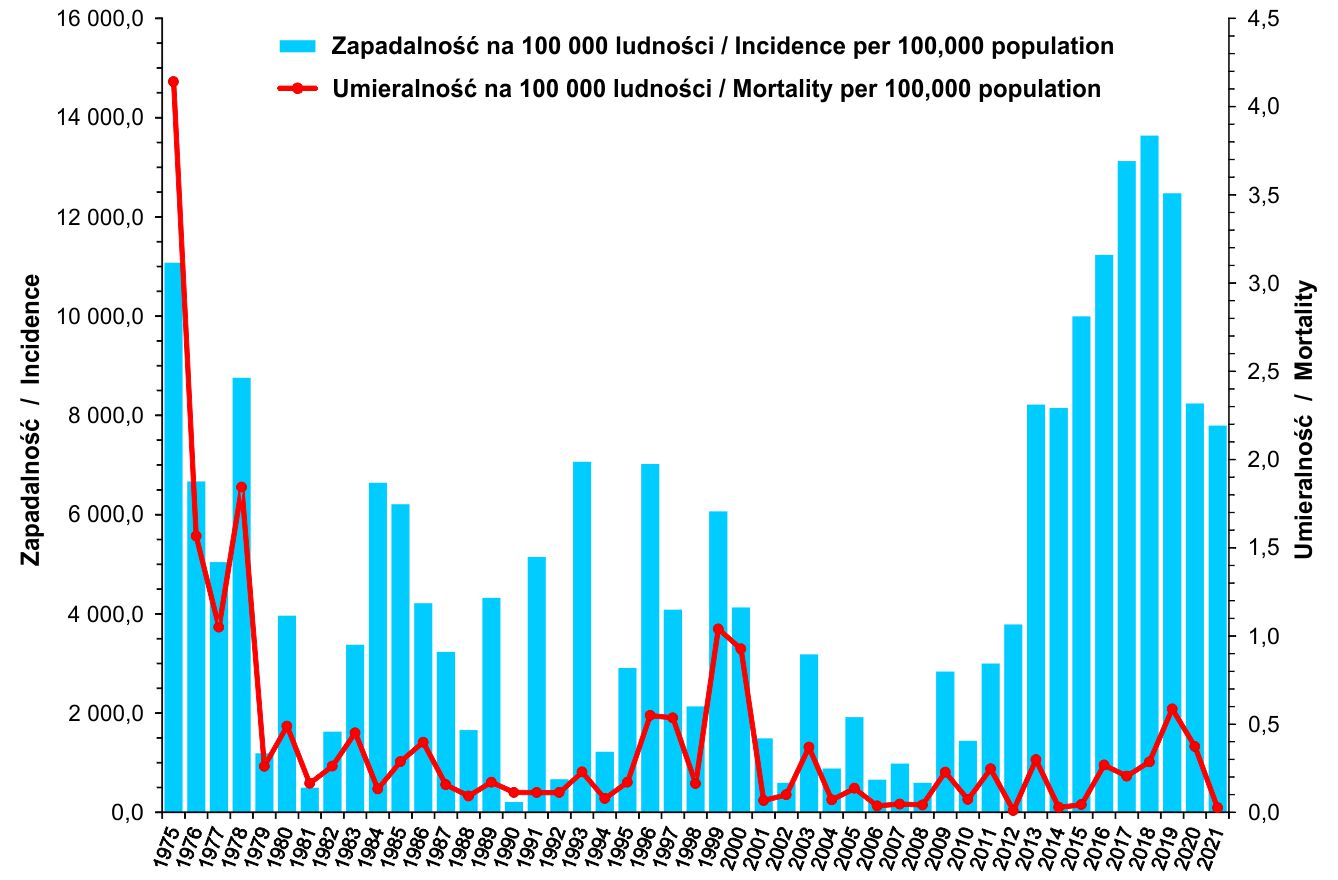Candle napisał/a:może taką grafikę należało by prezentować?
Ja już sam nie wiem... Jak to wcześniej dyskutowano, statystyką można udowodnić wszystko.
Jak pokazało wcześniej zamieszczone pismo niezaszczepionych testowano latem 2,5 raza częściej niż zaszczepionych. Do tego ktoś spekuluje, dlaczego test PCR dla zaszczepionych nazwano COVID19 - czy to oznacza, że ma inną kalibrację niż PCR dla niezaszczepionych i dlatego wyszczególniony jest inaczej?
Kogo oni tam obecnie testują, tego kto się zgłosi?
Jak kogoś interesują tylko zakażenia to powinni wziąć równoliczną grupę zaszczepionych i niezaszczepionych, zrobić tym samym testem i wtedy byśmy coś wiedzieli - tak jak podczas 3 fazy klinicznej to podobno robiono.
Ale 3 faza kliniczna już była. Skuteczność Pfizera sięgała 95% i kropka. Jak widać taka wysoka (a nawet wyższa) skuteczność jest w sezonie letnim, w grypowym zaczyna spadać :D
To już są jaja... Też odpadam... Szwindel na kółkach, ile razy jeszcze można to pokazać?
---
To jeszcze na koniec:
ARRs tend to be ignored because they give a much less impressive effect size than RRRs: 1·3% for the AstraZeneca–Oxford, 1·2% for the Moderna–NIH, 1·2% for the J&J, 0·93% for the Gamaleya, and 0·84% for the Pfizer–BioNTech vaccines.
(...)
ARR is also used to derive an estimate of vaccine effectiveness, which is the number needed to vaccinate (NNV) to prevent one more case of COVID-19 as 1/ARR. NNVs bring a different perspective: 81 for the Moderna–NIH, 78 for the AstraZeneca–Oxford, 108 for the Gamaleya, 84 for the J&J, and 119 for the Pfizer–BioNTech vaccines. The explanation lies in the combination of vaccine efficacy and different background risks of COVID-19 across studies: 0·9% for the Pfizer–BioNTech, 1% for the Gamaleya, 1·4% for the Moderna–NIH, 1·8% for the J&J, and 1·9% for the AstraZeneca–Oxford vaccines.
(...)
There are many lessons to learn from the way studies are conducted and results are presented. With the use of only RRRs, and omitting ARRs, reporting bias is introduced, which affects the interpretation of vaccine efficacy.
(...)
Uncoordinated phase 3 trials do not satisfy public health requirements; platform trials designed to address public health relevant questions with a common protocol will allow decisions to be made, informed by common criteria and uniform assessment. These considerations on efficacy and effectiveness are based on studies measuring prevention of mild to moderate COVID-19 infection; they were not designed to conclude on prevention of hospitalisation, severe disease, or death, or on prevention of infection and transmission potential. Assessing the suitability of vaccines must consider all indicators, and involve safety, deployability, availability, and costs.
A o co chodzi w szczegółach tutaj: https://www.thelancet.com/journals/lanm … 0/fulltext








